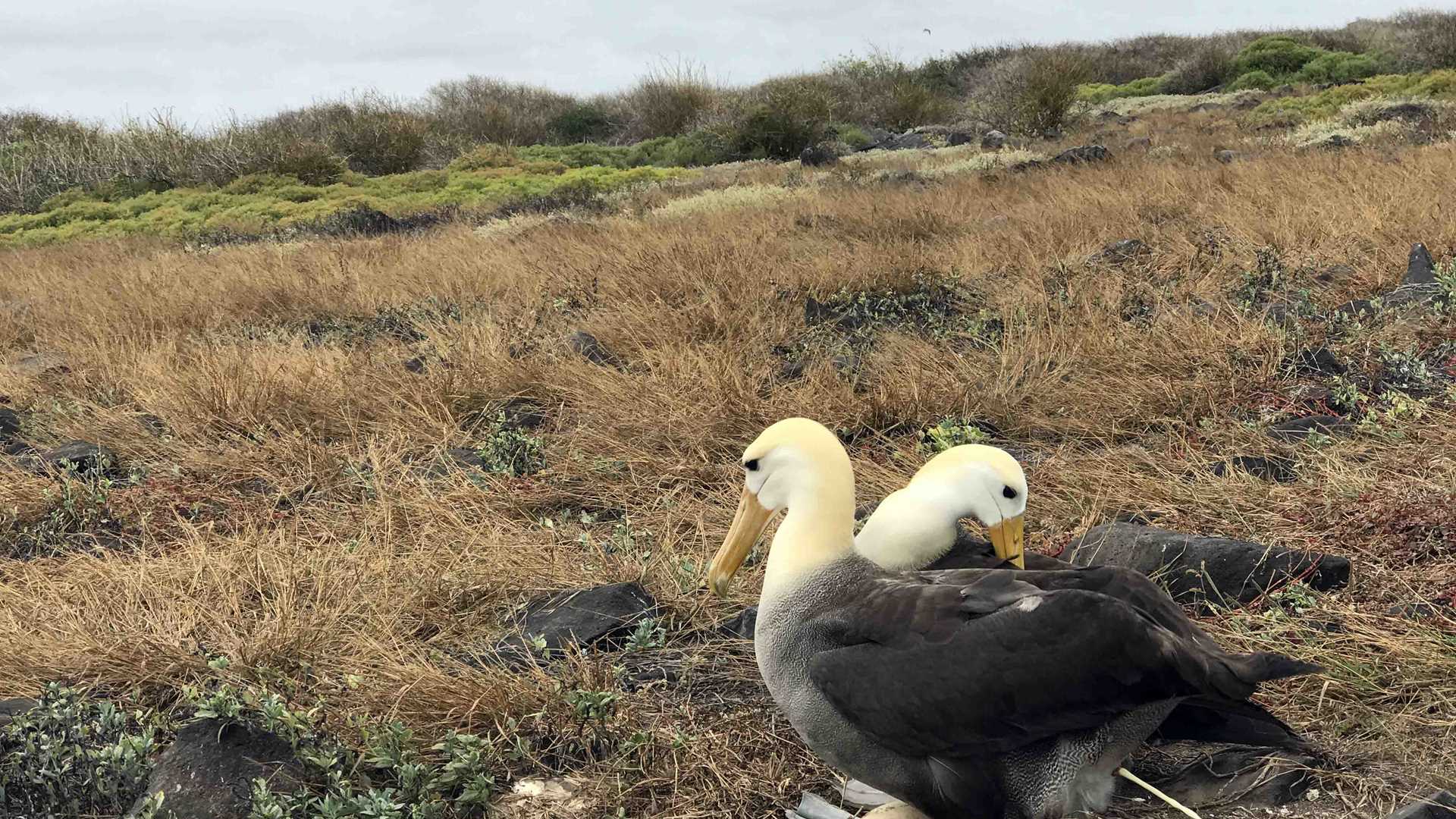Española or Hood Island is located in the Southeast of the archipelago and considered the oldest one due to its location, far from the Galapagos hot spot and its complete lack of highlands. Although the lack or rainfalls have had a significant bearing on the adaptation process that took place here, that was not an impediment to produce a great endemism with many species that are only found here, such as mockingbirds, lava lizards and waved albatross, the largest bird of the archipelago.
After short navigation from San Cristobal, early in the morning, we arrived in Gardner Bay at the Eastern of Española; it was a little bit cloudy with calm sea and soft breeze coming from the South when the National Geographic Islander finally dropped anchor. After breakfast, we had the first outing heading Zodiacs to the bay of Gardner Islet to enjoy a great snorkeling, discovering the unique underwater world of the Galapagos. We observe stingrays, schools of salemas, sea turtles, and always accompanied with some baby sea lions that were swimming with us, as inviting to play with them.After snorkeling we disembarked on the coralline white beach of Gardner Bay, where have another encounter with more Galapagos sea lions, but now, sleeping indifferently along the beach while from the bushes a flock of Espanola mockingbirds approached, as giving us the official welcome to the island. Our guests had good chance to take pictures and to interact with those incredible
Later onboard, we had the opportunity to get a taste of a delicious Ecuadorian feast; with different dishes from the highlands and the coast we enjoy the diverse cuisine of Ecuador.
In the afternoon, the National Geographic Islander circumnavigated to the West to arrive to Punta Suarez; as soon as we landed, marine iguanas and sea lions captivated our attention due to their tameness and uniqueness. Walking inland, we observed breeding colonies of different species of birds such as Nazca boobies; swallow tailed gulls and blue-footed boobies, but probably the most excited part of the hike, was when we reached the waved albatrosses nesting area. We observed them making their singular mating dance, synchronizing their moving and sky pointing their bills producing a well-elaborated ritual before mating.
With the last beams of sun, tired but happy we returned onboard, with the best memories of a day that will remain with us forever.









